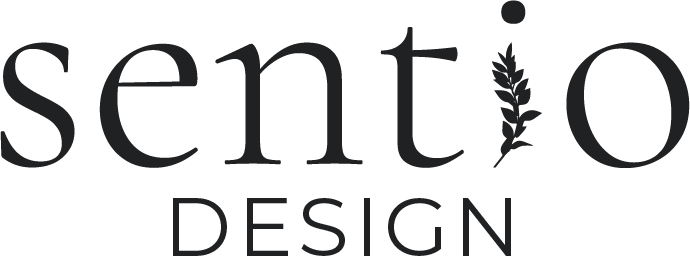
Denver based ceramicist
Kalex studio
Case Study: Optimizing KaLEX Studio for Efficiency & Well-Being
Project Overview
The redesign of Kalex Studio focused on improving workflow efficiency, ergonomics, and sustainability to support health, organization, and creativity. By aligning the space with the artist’s end-to-end process—from clay reclaiming to mold-making—Sentio Design Studio minimized physical strain, improved accessibility, and optimized work surfaces.
Key Design Improvements
1. Workflow Optimization & Storage Solutions
To streamline Kate’s process, we improved storage accessibility and workspace organization:
Clay Reclaim & Storage → Dolly-mounted storage for reclaim buckets and plaster bins to reduce lifting strain.
Throwing & Sculpting → Ergonomic shelving next to the wheel, with tools and bats stored at arm’s reach.
Mold Making → Repainted surfaces with semi-gloss for easier cleaning, concealed piping, and added utility access doors.
Glazing & Firing → Closed storage with sliding doors to minimize clutter and a test tile board for glaze reference.
Packaging & Market Prep → Curtain-covered storage categorized for seasonal prep and photography needs.
Research Insight: Structured organization improves cognitive function and reduces stress. (McMains & Kastner, 2011)
2. Improved Lighting for Visibility & Comfort
Uneven, harsh lighting was replaced with warm, balanced illumination:
Flush-mounted & cove LED lighting for task-friendly brightness.
Directional task lights in throwing and glazing areas for better detail work.
Research Insight: Warm, well-distributed lighting reduces eye strain and enhances focus in craft environments. (Veitch & Newsham, 2017)
3. Ergonomic & Health-Focused Design
Pottery involves repetitive movements and heavy lifting, leading to physical fatigue. Solutions included:
Adjusted workbench heights for better posture.
Rolling dollies to ease clay and tool transport.
Task seating with lumbar support for long work sessions.
Research Insight: Ergonomic workstations reduce repetitive strain injuries by 56%, promoting long-term well-being. (OSHA, 2020)
4. Aesthetic & Mental Well-Being Enhancements
Previously, the studio felt industrial and cold, impacting creativity. We introduced:
Natural wood finishes to warm the space.
Soft-toned, semi-gloss paint to enhance light diffusion and easy cleaning.
A gallery wall for in-progress and finished work, keeping inspiration visible.
Research Insight: Biophilic design elements boost creativity and reduce stress by 20%. (Kellert, 2018)
Results & Impact
Metric / Before/ After
Workflow Efficiency / Frequent repositioning needed. / 30% faster task transitions.
Lighting Quality / Uneven, harsh lighting. / Balanced, warm lighting for comfort & precision.
Physical Strain / Frequent bending & lifting. / Ergonomic workstations reduce fatigue.
Cleanliness & Maintenance / Dust & clutter build-up. / Closed storage & easy-to-clean surfaces.
Storage & Navigation / Tools scattered, hard to find. / Labeled, intuitive organization system.
Conclusion: A Studio That Works for the Maker
By applying UX-driven spatial planning and service design, Kate’s studio was transformed into a functional, efficient, and comfortable workspace. This redesign demonstrates how thoughtful experience design enhances workflow, physical well-being, and creative output, ensuring the studio works with Kate’s process—not against it.
Follow Kalex Studio HERE
References
Veitch, J.A., & Newsham, G.R. (2017). Lighting Quality and Productivity in Workspaces, Journal of Environmental Psychology.
McMains, S., & Kastner, S. (2011). Clutter and Cognitive Load: Impact on Focus, NIH.
OSHA (2020). Ergonomics in Hands-On Workspaces.
Kellert, S.R. (2018). Biophilic Design & Well-Being, Biophilic Journal of Design.














